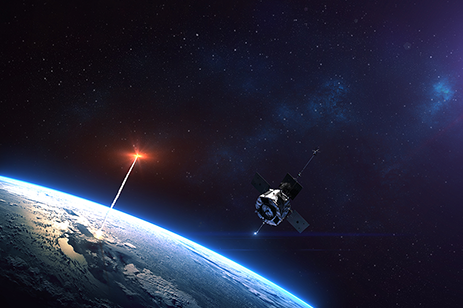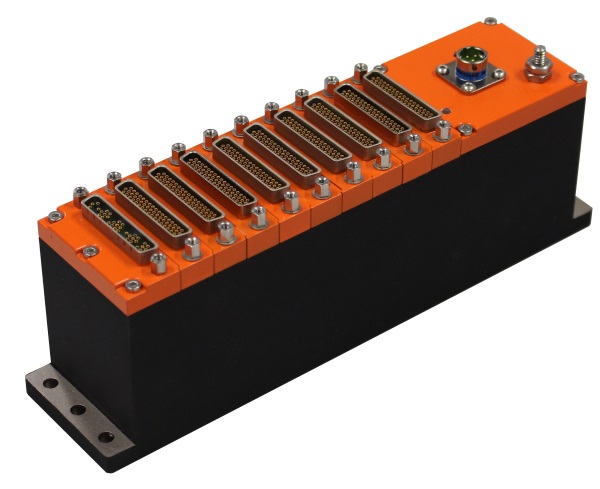
Space applications typically stress data acquisition systems more than most due to the harsh environmental conditions. As one might imagine, being located near a rocket engine is an inhospitable place and thus only specialized measurement equipment will typically do the job. The problem with traditional specialized equipment for space is that it is expensive. Nobody likes expensive equipment for their programs, and space programs are no different. This has been especially relevant in recent years as the space launch market has been disrupted by the emergence of commercial space launch companies that have dramatically lowered the cost of launches. This has put significant price pressure on organizations who are now seeking to cut costs.
Cutting these kinds of costs is something multiple military organizations have already tackled whereby they shifted towards commercial off-the-shelf (COTS) electronics and away from expensive bespoke systems years ago. The trick is to find the balance between cost and desired functionality. It’s not difficult to buy cheap off the shelf data acquisition equipment that will work perfectly well in a lab. Having such equipment work correctly and reliably in a harsh environment is another matter and often an equipment failure will cost far more than the system itself.
Balancing between SWaP and functionality in a rugged system is also a challenge. Systems get smaller over time but even if this doesn’t compromise ruggedness it can reduce channel density and connector options. Newer Apple laptops, for example, maybe super thin, but they had to remove many ports forcing customers to use dongles. For many this trade-off wasn’t worth the hassle for a slight delta in thickness. So too for space avionics, the loss of flexibility or choice for a specially developed miniature system may not be worth it.

Curtiss-Wright internally refers to the correct balance as the Goldilocks zone – not too small but not too big. Our Acra KAM-500 and Teletronics-DAU products fit this bill perfectly, one reason they are used by every major space organization. The recently developed Axon brings an even smaller chassis into this equation with the most modern design available pushing the SWaP even lower without compromising on functionality (in fact increasing it!). The use of remote modules connecting back to main chassis (Axonites) also revolutionizes data acquisition placement and installation flexibility.